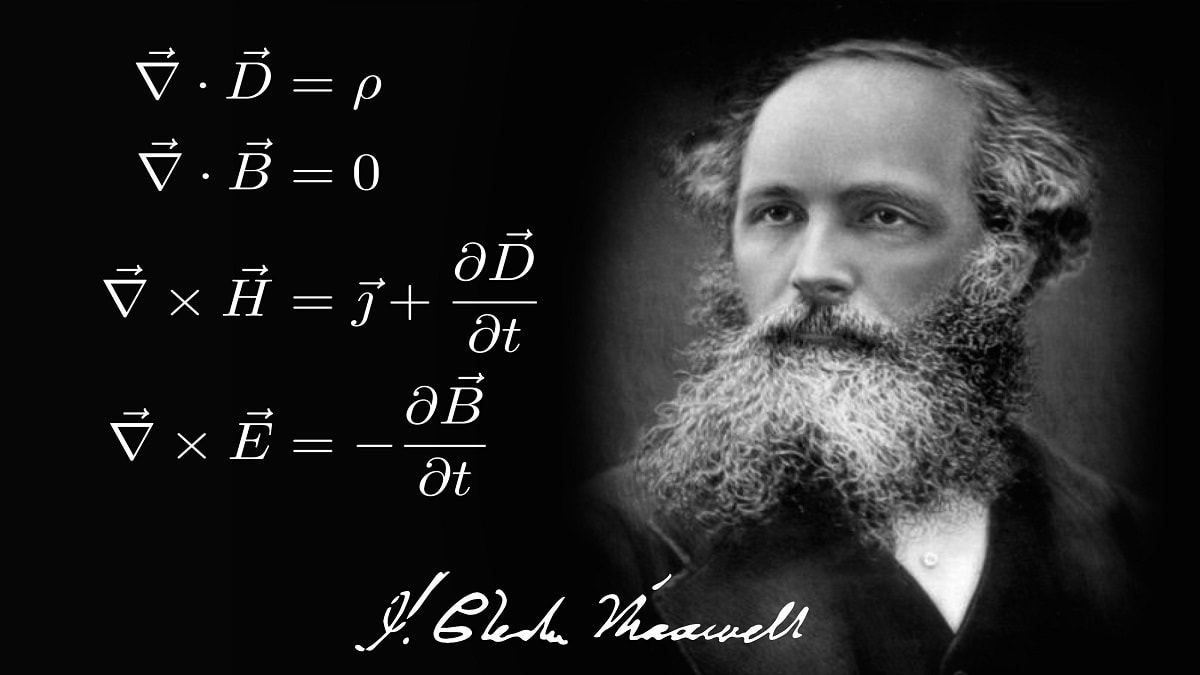There are three key names in the history of modern mathematical physics: Isaac Newton, Albert Einstein, and James Clerk Maxwell. Maxwell was born in Edinburgh, Scotland. The Scottish Enlightenment, the Industrial Revolution, German philosophy and romanticism, the mathematical physics at the University of Cambridge, and Victorian culture all had an effect on his ideas about nature. Moreover, Maxwell’s natural philosophy was a combination of many different fields of study: such as mathematics, experimental physics, metaphysics, logic, philosophy of language, theoretical and cognitive psychology, aesthetics, decorative design, natural theology, personal theology, electrical and mechanical engineering, political economy, vision, and physiology of movement.
Who was James Clerk Maxwell?
Maxwell’s contributions to physics are color theory and optics, mechanics of elastic solids and fluids, astronomy, molecular physics of gases, and most importantly, electromagnetism. These contributions are characterized by the combination of mathematical mastery, the conscious use of language and methods, the spirit of unity, and the measured use of imagination in understanding natural phenomena and abstract mathematical theories.
According to his friend and biographer, Lewis Campbell, Maxwell was a great coalescence of scientific industry, philosophical insight, poetic feeling and imagination, and enthusiastic humor.

Maxwell was the son of a respected Clerk family from Penicuik in the Midlothian countryside in Scotland; the surname “Maxwell” was added next to the Clerk by law after his father inherited an estate from his ancestors named Maxwell. His great-grandfather had studied medicine under the supervision of Dutch physicist Hermann Boerhaave, for whom he also made compositions.
He had worked in partnership with Newton’s commentator, Scottish mathematician Colin Maclaurin, and became a meticulous art expert and collector. He designed one of the most magnificent Palladian houses with the Scottish architect William Adam and wrote on mining with an innovative look at underground architecture.
His great-granduncle was a technical painter and carver who specialized in landscape and architecture. He was an expert in mineralogy, geology, and mining, and he helped James Hutton with his geological work, including diagrams and illustrations of Hutton’s Theory of the Earth.
His uncle was at the head of the delegation that designed the imperial weight and measurement standards. His father was a landowner and a lawyer interested in technological and scientific developments who designed a new printing machine. He took his son to the meetings of the Royal Society of Edinburgh and the Royal Scottish Society of Arts.
His mother died in 1839 when Maxwell was very young, and he started to live with his cousin Jemima Wedderburn, who married the mathematician Hugh Blackburn, a colleague of William Thomson (later Lord Kelvin) from Glasgow. His cousin, Jemima Ruskin, was a successful watercolor painter and Victorian drawing artist. Painters she knew, like Millais and Landseer, liked her work.
Thereby, Maxwell had been part of a rich social, cultural, and intellectual environment at an early age. Religion was important too. Maxwell experienced both his father’s Scottish Presbyterian belief and his aunt Jane Cay’s Episcopal faith.
They emphasized the value of knowing the world by advocating the use of innovations in researching and understanding nature to recognize and glorify the Creator through his work. This was especially based on the design and construction of imaginary and real models, tools, and the experimental manipulation of chemicals and objects.
Maxwell’s educational career
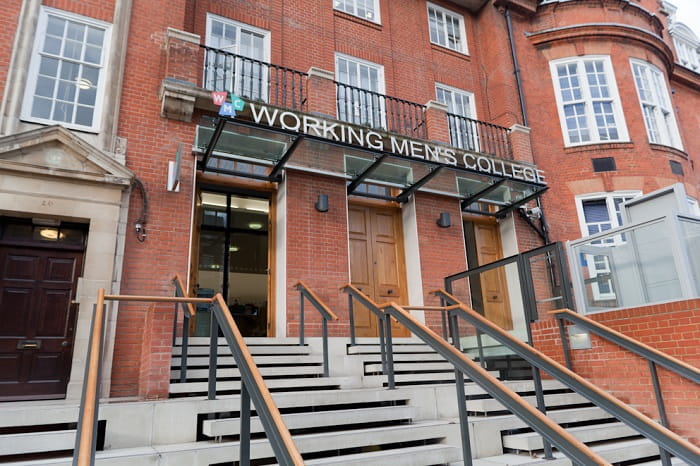
Between the ages of 10 and 16, Maxwell attended the prestigious Edinburgh Academy; here his drawing and poetry skills drew attention immediately, and he became a competent geometry specialist and started to do amateur science. Traces of his love for scientific models can be traced back to his childhood games and toys.
He entered Edinburgh University in 1847, enrolled to study literature, and then studied natural philosophy for three years under the naturalist philosopher James Forbes, one of the founders of the British Scientific Progress Association. He learned chemistry, Cambridge-style mathematics, rhetoric, Aristotle and Kant’s logic, and metaphysics.
He then moved to Cambridge, where he was influenced by William Whewell, the versatile scientist, Trinity College instructor, idealist historian, science philosopher, architectural historian, poet, moralist, and educator.
Maxwell learned about the metaphysical culture of German romanticism, the classics, theology, and intellectual and emotional attachment to the Trinity. He became a member of the secret discussion group known as the Cambridge Apostles and taught at Working Men’s College, inspired by Christian socialists and led by theologian F. D. Maurice.
After his father’s death, Maxwell graduated in 1854 and took the reins of the lands in Scotland he inherited. In 1856, he worked at Marischal College in Aberdeen. He continued to teach the workers and married the director’s daughter, Katherine Dewar. When the task was canceled in 1860, Maxwell moved to King’s College in London.
Here he joined the British Science Association’s initiative to establish new electrical standards for Britain, led by Thomson (Kelvin). Thomson was devoting his scientific life to mathematical, experimental, and technological applications that had wide use cases but were planned within a narrow framework. In his view, the challenge of understanding, anticipating, and managing the new Victorian economy was to make as many measurements as possible.
Introduction to color theory
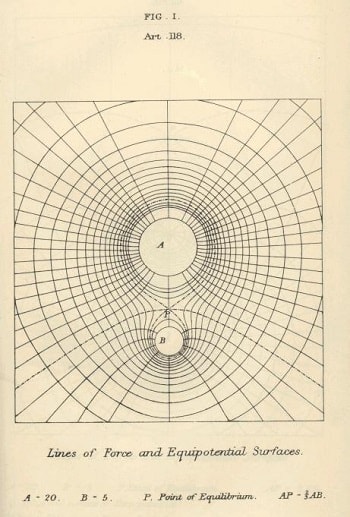
Maxwell wanted to apply the same idea to natural cycles rather than production; their measurement also required the language of homogeneity, generality, and precision based on existing assumptions. This tradition was essential for the new telegraph cable network that sustains Thomson’s Glasgow laboratory, the production of precision measuring tools, and indeed the British Empire itself.
In 1871, Maxwell was appointed Cambridge Professor of Experimental Physics and Director of the Cavendish Laboratory. The laboratory, which would partially continue the standardization of electrical units, was specially designed by Maxwell, who later added the electro-technical workshop to it. Like his mother, Maxwell was still working in this laboratory in 1879 when he died of stomach cancer.
He entered the field of color theory by researching color blindness, which was common in Edinburgh during his student days. He had incorporated a “geographic method” while exploring that ancient artistic problem of creating colors by mixing the primary colors—often red, blue, and yellow.
This method led him to the general and precise objective representation of a subjective phenomenon: that is, a coordinate system (map) that marks each color in the color triangle and an equation based on the amounts of three new primary colors, red, green, and purple, for each color. Maxwell’s theory was based on experimental results.
During his undergraduate study at Cambridge (where he advocated for the mathematical ratios between the colors), he designed rotating color discs to examine the quantitative description of the color mixture with the standards provided by David Hay and then color boxes similar to playhouses to analyze the spectral separation of different colors.
Based on the vision field concept in German physiology literature, he proposed the idea of the “color field.” Thus, he proved Thomas Young’s proposal for the three-receptor theory in his 1802 color vision. To exemplify Young’s theory at the Royal Institute Conference in 1861, Maxwell managed to reflect the first color photograph.
Electromagnetic waves
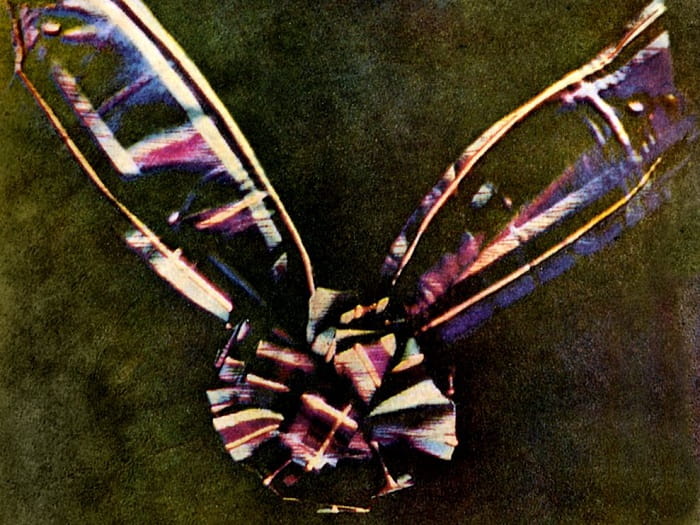
James Clerk Maxwell combined mechanics and optics in his most famous contribution to science. He explained the mathematical theory of electromagnetism over the electric and magnetic fields of force and energy. Maxwell embraced Michael Faraday‘s experimental results, the relationship between electricity and magnetism, the definitions of the rotational nature of magnetism, and the idea that electric and magnetic forces act repeatedly along with the force curves in the tension of polar opposites.
Maxwell and Thomson used differential equations to show the cause-and-effect relationship between two moving objects next to each other. This was different from Newton’s model of an effect from a distance.
Thus, Maxwell formulated the unified theory of electromagnetism, based on the force and energy fields and valid at every point in space. This theory was based on the idea of “mechanical ether” spreading into space, such as an invisible muscle that stores energy—which is measured by its capacity to do work—and ensures communication.
He tried to understand electromagnetism and ether by making up models of mechanical stress and energy in the shape of tubes where fluid flows.
In 1861, he presented the molecular model of the electromagnetic ether with rotating microscopic eddies in rolling contact. The theory predicted the presence of electromagnetic waves and the value of the propagation speed, which is very close to the experimental speed of light.
Maxwell deduced from this equation that light should be an electromagnetic wave, reducing optics to electromagnetism. Because of this, Maxwell is often called the “greatest scientist of his time” and, after Newton and Einstein, the “greatest physicist ever.”
Over time, Maxwell chose to make secure, general explanations from general principles instead of the mechanical molecular representation of the transmission of an incomplete electromagnetic effect. His ideas were compiled in his greatest work, A Treatise on Electricity and Magnetism, in 1873. Molecular physics applications ranged from astronomy to microscopic molecules.
Maxwell paves the way for Einstein
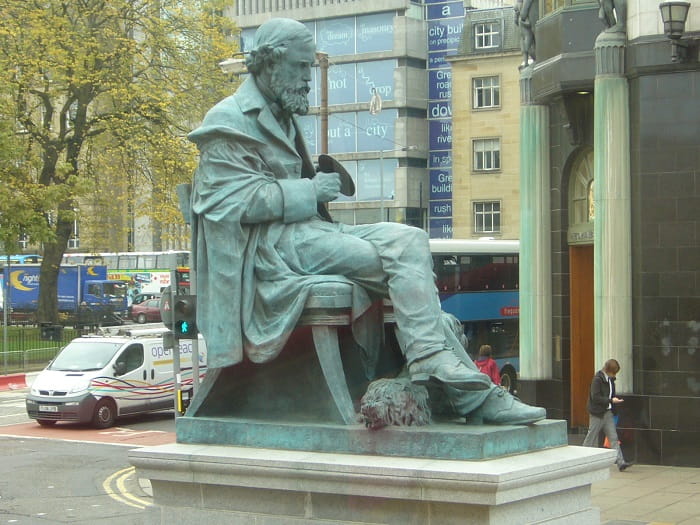
Maxwell was able to explain the stability of Saturn’s rings at the speed of an infinite number of small independent particles traveling at different distances around the planet. This rotary model has increased interest in statistical molecular investigations of macroscopic features such as temperature, pressure, and viscosity in the dynamic theory of gases. His work on thermodynamic behavior ultimately inspired the rotary molecular model of adjacent electromagnetic and mechanical conduction in the ether.
With the arrival of quantum mechanics in the 20th century, these new molecular models eventually failed in part. However, they strengthened the use of the statistical method based on probability theory, which describes the group characteristics of a population of identical molecules and the behavior of large systems. In contrast, the “historical method” only described the properties and evolution of individual molecules at the microscopic level.
Maxwell is known for using the term “statistical mechanics” for the first time when he tried to describe his approach to physics. Thomson’s name, “Maxwell’s demon,” referred to the fictional existence of the molecular dimension; it was the scientific state of Alice, created by this thought experiment, which demonstrated the possibility of reversing the flow of heat from hot to cold at the molecular level. He found that Thomson’s description of an irreversible, large-scale process in the second law of thermodynamics could only be exact statistically.
That is why Maxwell’s contributions to physics, through the constant forces and discrete matter theories, represent the great peaks of the mechanical worldview and the tradition of natural philosophy. They opened the way to Einstein’s theories of relativity and quantum physics at the beginning of the 20th century.
References
- “Topology and Scottish mathematical physics”. University of St Andrews. Archived.
- Nahin, P.J. (1992). “Maxwell’s grand unification”. IEEE Spectrum. 29 (3): 45. doi:10.1109/6.123329. S2CID 28991366.
- Maxwell, James Clerk (1865). “A dynamical theory of the electromagnetic field” (PDF). Philosophical Transactions of the Royal Society of London. 155: 459–512. Bibcode:1865RSPT..155..459C. doi:10.1098/rstl.1865.0008. S2CID 186207827. Archived (PDF).
- Tapan K. Sakar, Magdalena Salazar-Palma, Dipak L. Sengupta; James Clerk Maxwell: The Founder of Electrical Engineering; 2010 Second Region 8 IEEE Conference on the History of Communications;IEEE


